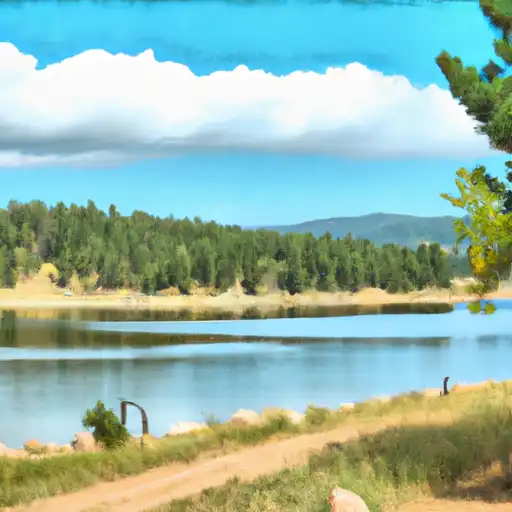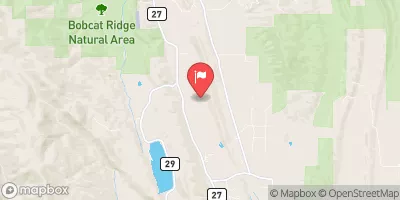Summary
The river is located just west of Loveland and is easily accessible via Highway 34.
Aside from fishing, visitors can also enjoy hiking, camping, and picnicking in the surrounding Roosevelt National Forest.
For successful fishing, it is recommended to use dry flies, nymphs, and streamers. Wading is also a popular technique in the Big Thompson River.
The best time of year to visit is in the summer months from June to August when the average temperature is around 80°F. However, fishing can still be enjoyable in the fall and spring when the temperature ranges from 50-70°F.
Overall, the Big Thompson River Fishing Site is a beautiful and fruitful fishing location in Colorado that offers a variety of outdoor activities for visitors to enjoy.
Weather Forecast
Nearby Streamflow Levels
Angling Safety Guidelines
Check local fishing rules, seasons, size limits, and license requirements to ensure legal and sustainable angling.
Handle Fish Responsibly
Use wet hands, minimize air exposure, and release fish gently to improve survival rates when practicing catch-and-release.
Choose the Right Gear
Match your rod, line, and tackle to the species and conditions to increase success and reduce unnecessary harm to fish.
Respect the Waterway
Avoid disturbing habitat, prevent bank erosion, and keep a safe distance from spawning areas to protect ecosystems.
Keep It Clean
Pack out all line, hooks, bait containers, and trash—discarded gear can injure wildlife and degrade waterways.
Related Links
Area Campgrounds
| Location | Reservations | Toilets |
|---|---|---|
 Pole Hill Road Dispersed Camping
Pole Hill Road Dispersed Camping
|
||
 Pinewood Reservoir
Pinewood Reservoir
|
||
 Hermit Park Open Space
Hermit Park Open Space
|
||
 Rabbit Ears Campsite
Rabbit Ears Campsite
|
||
 Peregrine Campsite
Peregrine Campsite
|
||
 Flatiron Reservoir
Flatiron Reservoir
|

 Pinewood Reservoir
Pinewood Reservoir
 Estes Lake
Estes Lake
 Flatiron Reservoir
Flatiron Reservoir
 Big Thompson River
Big Thompson River
 Carter Lake
Carter Lake






 Little Hell Creek Diversion
Little Hell Creek Diversion
 Viestenz Smith Mountain Park
Viestenz Smith Mountain Park
 Roosevelt National Forest
Roosevelt National Forest
 Glade Park
Glade Park